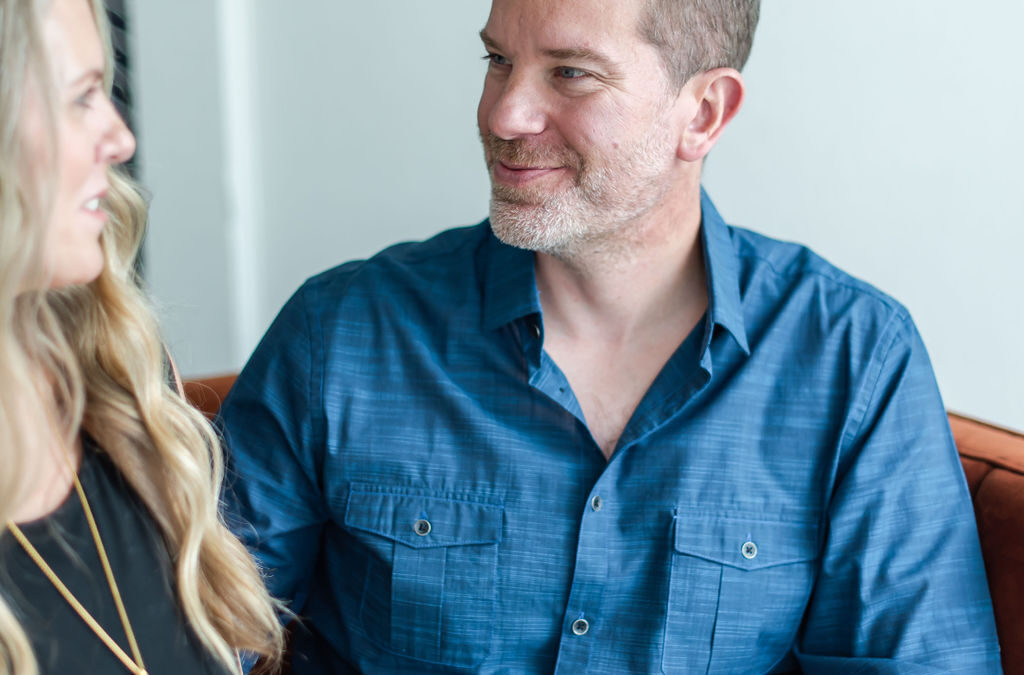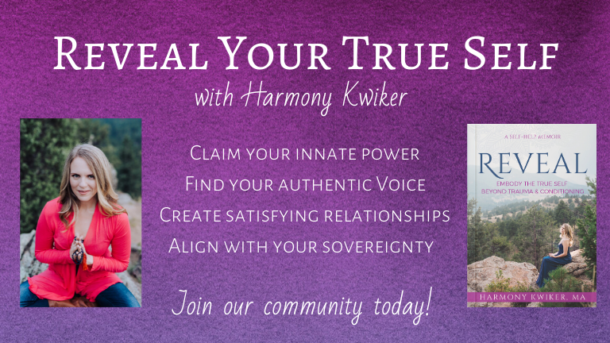Coregulation is an interactive process of supporting one another’s regulatory state. It is synergistic and mutually beneficial. Codependency occurs when we feel responsible for other people and have a hard time asking for what we need and knowing we matter. Codependency can occur when your partner is volatile and you betray yourself and prioritize caretaking them. It is one-sided, where one person enables the destructive and abusive behaviors of another.
Polyvagal theory (see Blog post: https://thespirituallyaligned.com/5-things-you-need-to-know-about-spiritual-alignment-and-polyvagal-regulation/) asserts that emotional regulation is a collaborative process between two or more people that engages what Dr. Stephen Porges identified as a third type of nervous system response called the social engagement system. The social engagement system is an interplay of activation and calming that operates out of unique nerve influence and helps us to navigate relationships. When we enhance our connection with other people, we trigger neural circuits in our bodies that calm the heart, relax the gut, and turn off the fear response. The social engagement system is where limbic resonance can support the shifting of activation into a more calm alert state through co-regulation. Contact is the essence of human life. It is where we access our lived experience and our relationship with another. It’s where we meet the environment and engage with others.
At the same time, if you are not first looking within, you will continue to blame your partner for the way you feel. Within you, you hold the answer to the way through the patterns of disconnection and conflict. Because our True Self longs for integration, wholeness, and connection, we attract and are attracted to partners who embody our shadow. Ultimately, we want to learn how to love and integrate our shadow, so our True Self chooses these relationships. When we forget this longing for our own integration and healing, our ego looks at our partner as separate. Remember, your ego is not the part of you that wants to wake up. As long as we keep looking at our partner as separate, we will continue to get pulled out of alignment in our relationship. Treat yourself as you want to be treated and treat your partner as you want to be treated.
From your ego-based conditioned mind, your partner seems separate from you. You may even be able to see all the things your partner does differently than you that you don’t like, adding evidence to the belief in separation. Anything you see in your partner is a reflection of yourself. If you do not look within, you will continue to blame your partner and stay fragmented and distorted within your internal vital force. By looking within, you can discover what is being reflected to you.
Anything you don’t like about your partner, you also have within yourself. Anything that triggers you about your partner is your shadow to integrate. The more you look within and love yourself, the more whole you will feel. Feeling your emotions allows for integration. This is why dysregulation is not bad, it is an opportunity to integrate.
Questions to ask yourself: If your partner gaslights you, where do you gaslight yourself and deny your inner truth? If your partner isn’t openly vulnerable, where are you closed off from your internal feminine? Your body? Your emotions? If your partner is critical, where are you being unkind to yourself? If your partner is controlling, where are you disowning your desire? If your partner is angry, where are you disowning your boundary or your anger? If your partner seems resentful, where is your heart closed? If your partner is a workaholic, where are you not present for yourself? If your partner is not looking at their shadow, where are you not looking at yours? If your partner is awkward with sex, where are you uncomfortable with sexuality? If your partner is unwilling to acknowledge the patriarchy, where do you give your power away?
Your partner is not their ego or conditioned patterns. Even if they think they are and they cling to them, they are more than that. See them for all of who they are. See yourself for all of who you are, and do the dance of connection from here.
Exercise:
- Write down three things that your partner does that you feel triggered by.
- Then write down where that same quality lives in you.
- Then look at your partner and let them know these qualities that you have within yourself that you have a hard time being with (if that’s true).
- Then look at your partner as a mysterious being, and remind your mind that they are a mirror for you to see yourself more clearly.
References:
Bowlby, J. (1988). A Secure Base. Basic Books, reprint edition.
Dale, C. (2011). Energetic Boundaries: How to Stay Connected and Protected in Work, Love, and Love. Sounds True.
Heller, L. & LaPierre, A. (2012). Healing Developmental Trauma: How Early Trauma Affects Self-Regulation, Self-Image, and the Capacity for Relationship. North Atlantic Books.
Kelly, L. (2015). Shift into Freedom: The Science and Practice of Open-Hearted Awareness. Sounds True.
Kwiker, H. (2022). Align: Living and Loving from the True Self. Mantra Books, UK.
Levine, A. & Heller, R. (2012). Attached: The New Science of Adult Attachment and How It Can Help You Find – and Keep – Love. TarcherPerigee, reprint edition.
Mann. D. (2020). Gestalt Therapy: 100 Key Points and Techniques. Routledge, 2nd Ed.
Morningstar, D. (2018). Out of the Fog: Moving From Confusion to Clarity After Narcissistic Abuse. Morningstar Media.
Porges, S. (2021). Polyvagal Safety: Attachment, Communication, Self-Regulation. W. W. Norton and Company.
Seigal, D. (2012). Pocket Guide to Interpersonal Neurobiology: An Integrative Handbook of the Mind. W. W. Norton and Company.


